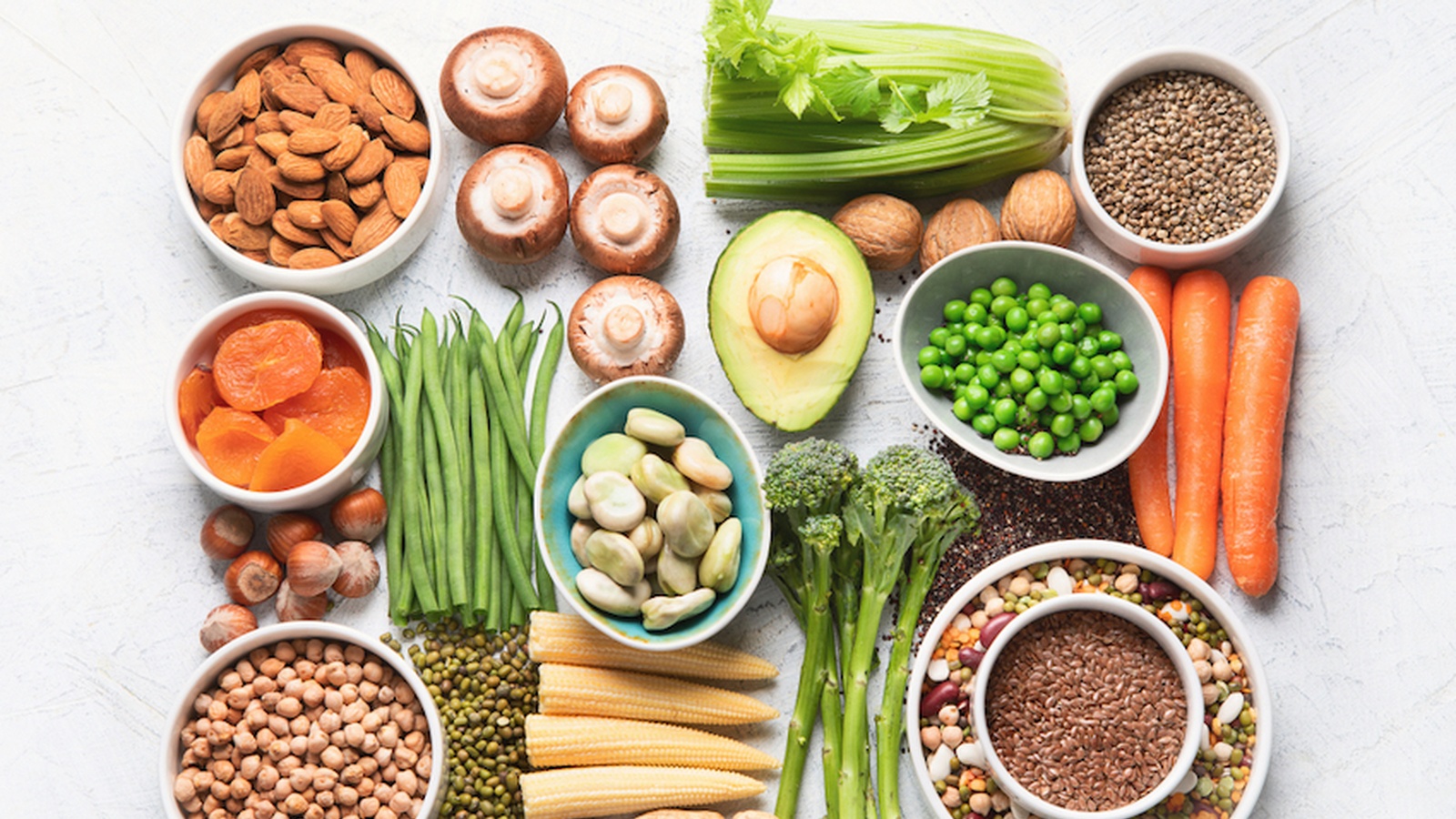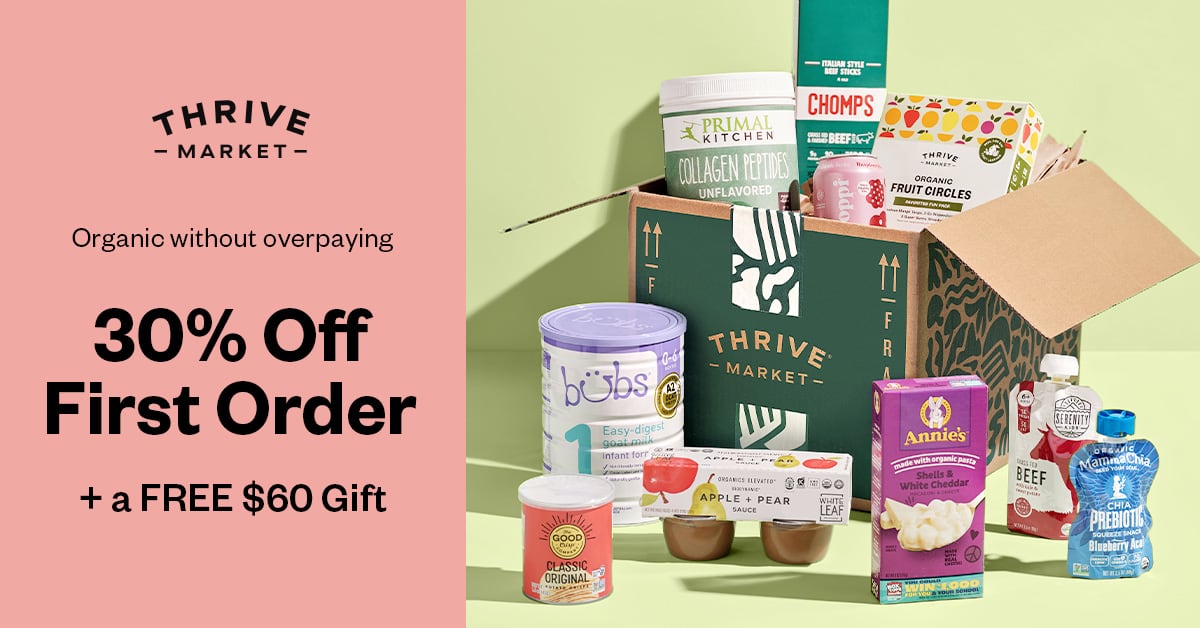Top 6 Sources of Plant-Based Protein
Regardless of what diet you choose, proteins are a must. They may seem overwhelming to understand - but we are here to break it down for you!
Proteins in their raw form are essential amino acids that are found in the foods that we eat. Theses are broken down into essential amino acids and non-essential amino acids and are the building blocks that create the protein our body needs to thrive.
Essential amino acids are those which our bodies cannot produce on their own, so it’s important you receive them from food, hence why they are ‘essential’. Although animal-based protein sources are typically renowned for the fact that they are complete protein sources, they also lack in all of the other essential nutrients and photo-chemicals that plant-based proteins can provide (and can come with some serious downsides when we’re talking about conventional, factory-farmed animal products containing hormones and antibiotics).
What some people don’t realize is that you don’t only have to eat these complete protein sources in order to get all of the amino acids you need. Your body is way smarter than you think and can combine them from different foods, as long as you are eating a variety of plant-based protein sources over time. In doing so, you not only ensure that you are getting all of the essential amino acids, but you also enrich your diet with a variety of different nutrients, phytonutrients, and fibers that you wouldn’t get if you stuck to only a few protein sources.
Regardless of what lifestyle you choose, paleo or vegan (or pescatarian for that matter!), everyone can benefit from eating more plant-based foods. This article will help you to understand some of my favorite sources of plant-based protein, and how much protein they contain and whether they are complete or incomplete.
1. Hemp Seeds
Complete
Protein Content: 9.2 grams in 1 ounce
Hemp seeds are exactly that, the seeds of the hemp plant. But rest assured they will not make you high, they are safe and legal with none of the psychotropic effects that can be found in the hemp leaf. Rather they are a healthy, complete protein source that is extremely versatile. They can be pressed to extract their oils, ground into powders, made into milk and eaten raw, sprinkled on meals or mixed through smoothies. The health benefits of hemp seeds are also impressive thanks to the high variety of nutrients they contain, including vitamins, minerals, a great fatty acid profile, high amounts of fiber, and, most importantly, their high content of protein. Consider them a plant-based protein powerhouse, your ‘go-to’ staple to have in the pantry to back up any dish with an extra boost of nutrients. Also, the hemp leaf does not contain psychotropic compounds, that’s found in the flower or bud.
2. Organic Tempeh
Complete
Protein Content: 18 grams per 100 g.
Tempeh also comes with all the added benefits of being a fermented food, aka probiotic goodness, which means you can avoid some of the issues often associated with soy products. In fact, tempeh can actually help promote a stronger immune system, improve digestion, reduce cholesterol, and regulate appetite by reducing sugar cravings. Tempeh is firm with a dense chewy texture and a slightly more intense flavor than regular tofu, despite this it is really great at absorbing other flavors, making it a great ingredient to mix in virtually any meal without overpowering it. Eat it either raw or cooked, in salads, stir fry's and soups, or substitute it for meat in almost every meal. You can purchase tempeh from most shops, though usually, the varieties found in the health food store are of better quality. Make sure you store it in your fridge or freezer and consume it within a week from opening.
3. Quinoa
Complete
Protein Content: 13g per 100g
Quinoa, pronounced ‘keen-wah’, is that plant with the funny name that someone always seems to pronounce wrong. Despite this, it is extremely good for you and a popular plant-based protein for many people. Originating from a plant in South America, this ancient grain is not a grain at all, rather, it is a seed and therefore doesn’t contain gluten. Nevertheless, what it does contain is an array of nutrients, especially manganese, magnesium, lysine, B-vitamins, and an impressive profile of essential amino acids. Quinoa’s nutritional profile has actually been associated with aiding weight loss, supporting bone health, improving gut health, and reducing risks of diabetes. The reason quinoa is commonly mistaken for as a grain is because it can be used like one, often milled into flour and used in bread or other baked food products as a gluten-free grain option. The flavor of quinoa is slightly nutty and earthy but very mild. Therefore, it can be cooked as you would rice and mixed through salads, stuffed in peppers, or simply used as an alternative to rice to complement any dish. The most common varieties you will find in the stores are black, red, and white all with a similar nutritional profile.
4. Beans & Chickpeas
Incomplete
Protein Content: Chickpeas = 6.3 g per 100 g, Red kidney beans = 7.9 g per 100 g.
Beans and chickpeas are staple foods for loads of cultures around the world and very popular meat alternatives in vegetarian or vegan diets. Officially part of the legume family, these plant foods are packed full of fiber and protein, plus a variety of vitamins and minerals. There are 100’s of varieties of legumes, but we particularly like beans and chickpeas, which are also some of the more common types. You might be familiar with chickpeas, navy beans, black beans, red kidney beans, and cannellini beans. Each of these legumes has unique nutritional profiles but the amount of protein tends to be relatively the same. Unfortunately, on their own, they are not complete protein sources but simply mix them with another plant-based protein and they are a great way to meet your protein needs and promote overall wellness. However, legumes if not prepared correctly, can cause some ‘not very nice’ side effects, like gas and bloating. This is because they contain a particular sugar that our bodies simply cannot break down. They also contain anti-nutrients, which are little compounds that can reduce the absorption of nutrients. But don’t worry, these problems can be mitigated by simply soaking and cooking your legumes prior to eating, keeping in mind that different types contain different levels of antinutrients and therefore require different soaking times. Sprouting is also another way to avoid these problems and enhance the nutritional quality, allowing you to reap the benefits of these extremely diverse legumes and avoid anything too smelly…
5. Lentils
Incomplete
Protein Content: 6.8 grams per 100 grams
Lentils contain the third-highest amount of protein of any legume, just under hemp seeds and soybeans. They are small, lens-shaped seeds from the legume family that come from the pods of a bushy plant. There are different varieties depending on their size and color, such as red lentils, brown lentils, french green lentils, and black/beluga lentils, etc. Lentils can be stored for long periods of time and are very inexpensive yet highly nutritious, making them a popular staple food in the diets of many cultures around the world; in fact, according to historical records, they are believed to be one of the oldest crops around. They are commonly eaten as an alternative to animal products not only because they are high in protein, but because they also contain certain vitamins and minerals like iron and B vitamins that are commonly found in meat, with the added benefit of plant fiber. Depending on what you are making and what your recipe requires, it will determine which lentils you buy due to various tastes and consistencies. However, most types have similar characteristics in regards to flavor and nutritional content and can, therefore, be used to substitute one another. Lentils are easy to prepare but, just like beans and chickpeas, it’s important they are soaked and cooked or sprouted prior to eating. Enjoy them in soups, casseroles, pureed in dips, basically let your imagination run wild. Keep in mind that not everyone’s body responds as well to lentils and if you have compromised digestion they can actually cause digestive discomfort. As with all foods, it could be a matter of experimenting to see what plant-based foods suit you the best.
6. Spirulina
Incomplete
Protein Content: 57 grams in 100g
Made from blue-green algae, spirulina powder is a nutritionally dense superfood that happens to also be protein-rich. Although this superfood is not a complete protein source, it is incredibly high in protein and once paired with some nuts, you are all set. Besides protein, spirulina is known for its powerful antioxidant and anti-inflammatory properties and proven benefits in detoxing heavy metals, lowering blood pressure, reducing cholesterol, boosting energy, and speeding up weight loss -the list really does go on. Plus, it is one of the best plant-based sources of iron, something that many vegetarians, vegans, and even meat-eaters struggle to get enough of. Spirulina is also easily absorbed by the body and can be consumed in either powder form or tablet. Commonly found in different greens powders, you can simply mix the powder with water and drink it straight from the glass or mix it through a variety of dishes such as smoothies, raw desserts, nut bars, and protein balls to get all of the goodness of spirulina.








